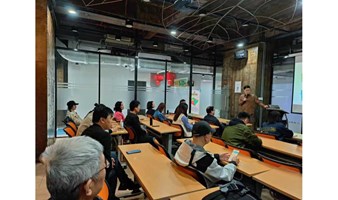
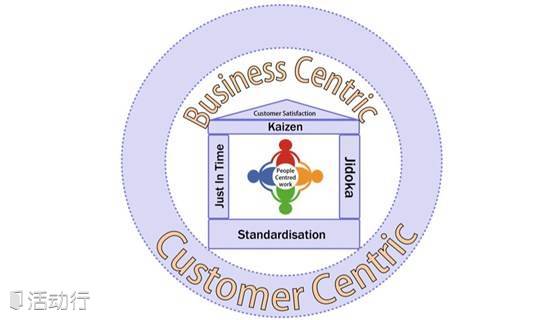
【国匠课程】Lean Transformation for China 2025
收起
活动内容收起
Program Timeline

(首日课程免费| Introduction Timeline is Free )
Targeting Audience
CEO、GM、COO、TrainingResponsible、Lean Responsible.
will have the oppow—ave
Introduction Session Kick Off On July24:
WHY LEAN?
(WORLD CLASS MANUFACTURING)
We will start by taking a look atsome (Western) global companies and then compare to China. The focus of thissegment will be on VISION, MISSION and VALUES.
LEANMANAGEMENT.
The LeanManagement System merges a strong butflexible conceptual architecture with specific application tools to form anintegrated whole that aligns the various parts of an organization to make achange of great magnitude.
Firstly, we willexplore:
* The Development Framework.
-Three Cornerstones of Growth.
- NineKey Areas For Development.
-Five Levels of Learning.
LeanManufacturing is a challenge to implement successfully, in addition to thecommitment of the entire organization;there are manytools that support very specific activities. However, these tools areinterdependent and in isolation may not provide all of the expected benefits.
We will follow theLean pathway through:
- SpecifyingValue.
- Identifythe Value Stream.
- Flow.
- Pull.
…onour way to Perfection.
Tutor introduction
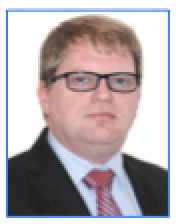
PeterHawkins
Peter has more than 25 years’experience in Lean Manufacturing, Production Management, Training, Consultingand Supplier Support. His experience has been in global companies working inmulticultural environments. The latter eight years have been spent coachingsenior leaders in significant Lean Transformations across exemplar sites.
Peter在精益制造、生产管理、培训、咨询和供应商协助方面有20多年的经验。他曾在多个多元文化环境下的跨国公司服务过。在Peter职业生涯的最近8年,他致力于通过试点范例,为高层领导提高重大精益改革的辅导,并促进精益在集团的深度推进使用。方式是和公司内部的资源深入配置。
Career History:
Peter joined Toyota UK in 1991 where he was part ofthe New Product Introduction leadership team and was responsible forpre-production systems, process development, training, plant and machineryinstallation and preparation for vehicle launch. As part of his role he becamean internal TPS trainer for the core aspects of Lean and the use of PracticalProblem Solving with team members.
Peter also supported the supplier development teamin raising capability of key suppliers to support the UK facility.
In 1999 Peter joined RWD Technologies as a SeniorLean Consultant where he supported a global deployment of the Ford ProductionSystem. Over his five year tenure, Peter worked with a variety of internationalcompanies working with senior management and the implementation teamscustomising their Lean Production Systems to ensure sustained improvements.Peter formed part of the team involved in developing the successful ‘LeanLeadership Academy’ curriculum that is now widely used in the UK aerospaceindustry.
In 2004 Peter joined the Sauer-Danfoss internalLean transformation team with the responsibility of leading five factories toLean excellence in the group. His responsibilities included the generation ofthe strategy across the division, the coaching of Lean facilitators on site andthe overall project management of the master schedule.
In 2008 Peter joined Nilfisk-Advance to develop andlead the Lean transformation for the group. With stringent targets forproductivity and enhancing Order to Cash, Peter developed a dynamic deploymentmodel to cater for the diverse services offered in the group.
In 2011 Peter relocated to Suzhou China and in 2012founded BPMC.
职业背景
1991年,Peter加入英国丰田 公司,成为新产品导入领导团队里的一员,负责预生产系统、流程开发、培训、工厂和机械安装以及车辆投放市场的准备。也正因为如此,Peter成为了精益核心部分和与团队实战问题解决的TPS内训师。
Peter也负责帮助供应商开发团队,提高他们的能力,成为英国丰田工厂的主要供应商。
1999年,Peter加入RWD科技公司担任资深顾问,为福特生产系统在全球的推广提供支持。在5年任期内,与多家跨国公司里的高层管理和实施团队合作,对精益生产系统进行个性化的调整来确保可持续提高。Peter还结合了团队成员,成功开发了“精益领导学院”课程,目前被广泛使用于英国航天工业。
2004年,Peter加入美国萨奥内部精益改革团队,负责领导全球精选的5家工厂进行精益改善。他的主要职责包括提出横跨公司业务单元的战略,现场精教练的辅导工作和主计划的全面项目管理。
2008年,Peter加入力奇先进领导和发展集团精益项目。本着达成生产率和加强订单到现金过程的严格目标,Peter开发了一个动态资源部署模式,以配合该集团多元化服务的特性。
2011年,Peter来到了到中国苏州,且于2012年成立BPMC。
Program
hi This training program has been developed to give an in-depth view of thesystems tools and processes necessary to develop a Lean Management System. Overthe next seven weeks we will take a look at some of the key Lean Managementtools, understand why they are important to the system, how to maintain thetools and the overall benefits of implementation.
Many of the tools Focus on building in fundamentalprinciples of Safety, Quality, Delivery and Cost. We also gain a deeperunderstanding of why people are the most important asset in a Lean ManagementSystem.
The training time for each of the segments listedbelow varies significantly and so training modules may cover more than onesegment. The detail of each training module will be published 2 weeks beforethe training date.
We look forward to your active participation ineach of the modules below.

Lean Leadership
Providesinsight into the differences between conventional management techniques andLean Leadership attributes.
Examinesthe leadership styles that are valued in the current team and aligns them withthe type of behaviors required for Excellence in Lean Leadership.
Providesexisting leaders with a set of standards of Leadership Behavior for futuredevelopment.

5S & Visualmanagement
Whenestablishing the Lean Foundation 5S is at the core, it underpins the LeanManagement process. We will look in-depth, gaining an understanding of eachstep in the 5S process. Both theory and practical application of 5S will beused to demonstrate the value of this fundamental Lean tool.
Examines the leadershipstyles that are valued in the current team and aligns them with the type ofbehaviors required for Excellence in Lean Leadership.
Providesexisting leaders with a set of standards of Leadership Behavior for futuredevelopment.
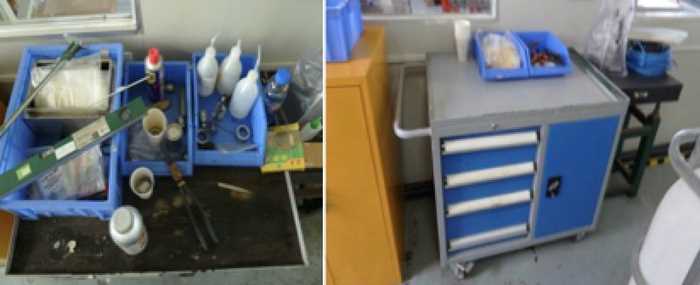
Standardisation ofMetrics
Ifit’s not measured it can’t be improved!
LeanManagement Systems require that appropriate metrics are established andmaintained, so the transformation can be monitored. These metrics maybe veryspecific to a process and they may also be metrics that the business ismonitoring generally. We will look at some of these metrics, their purpose andbenefits and also the importance of cascading throughout the organization,metrics that are used at senior management level.
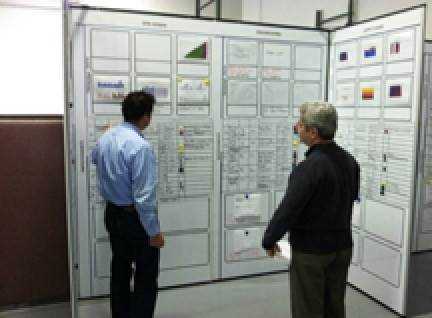
Takt Time
UnderstandingTakt Time is key in the manufacturing process in order to calculate thenecessary inventories within processes and between processes. It is alsoessential for process balance and determining performance metrics. We willexamine how Tact Time can be used to reduce inventory and in turn improve cashflow.

Standardised Work. (Flow)
Standardisationis one of the Foundation Tools of Lean. During this training segment we willexamine the various Standardised Work documents that are available to supportthe Lean Management System. Additionally, we will look at process balance, thedata & metrics that are required to assure continuous flow.
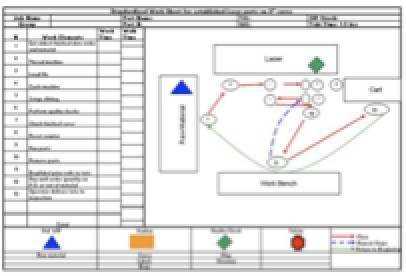
Standard In-Process Stock.
Inorder to balance production processes we need to understand the level inventoryrequired inside the flow. Standard In Process Stock is the term used formaterials that are between processes. The quantity of material or product iscalculated and set as standard; it therefore creates a visualindicator for the status of production.
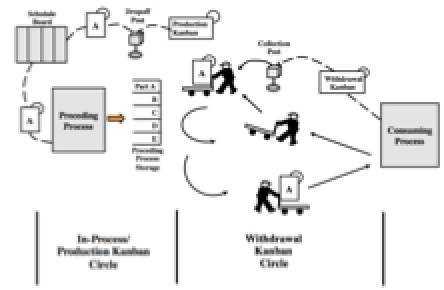
Single Piece Flow.
Single Piece Flow is another Leanideal and whilst true Single Piece Flow is often not viable, however, we shouldstrive to come as close as possible. We will examine the importance of SinglePiece Flow in a Lean Management System and the benefits that it brings.
Wewill review the Seven Wastes and through a practical simulation we willdemonstrate the benefits of transforming production from a mass or batchproduction system to Flow and Pull.
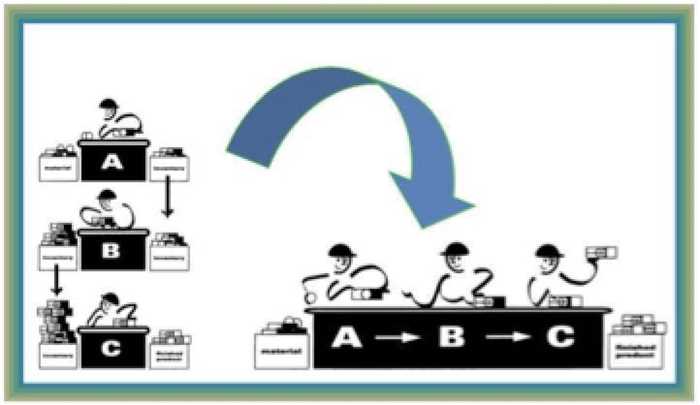
Total ProductiveMaintenance. (Flow)
Often in manufacturing environmentsthere is certain key equipment, critical to the build. Whilst traditionallycompanies often wait until equipment is broken before doing any repair, thiscan cause significant disruption, both to the manufacturer and themanufacturer’s customer. It is important that equipment has a high degree ofreliability and does not cause unplanned stoppages due to breakdowns.
Wewill examine what is involved in setting up a robust Total ProductiveMaintenance program and the benefits that it will bring.
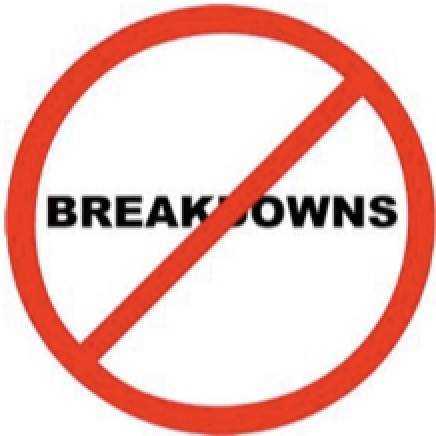
2P / 3P
2P - Prepare Process
3P- Prepare Product and Process
Anintroduction to a facilitated team-based design process that uses simple toolscombined with the creativity of people to Prepare Process and/or, PrepareProduct and Process breakthroughs that meet the needs of all stakeholders.
Productsthat are developed using the 3P process consistently exceed quality, cost, anddevelopment time expectations.
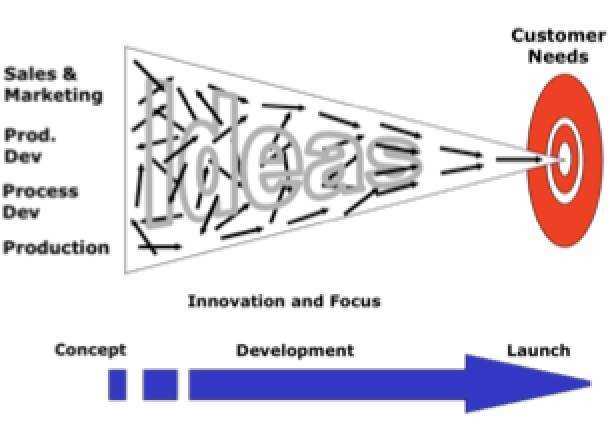
Quick Changeover.(Flow)
Availabilityof equipment and machinery can be critical to the company’s ability to produceto customer demand. When equipment is a shared resource, supplying differentproducts or product lines, a bottleneck or constraint in product flow can bethe result. To overcome the constraint large batch sizes areproduced and these can be significantly more than the customer orders.Justification for doing this is based on the forecast, which often is notaccurate, resulting in large inventories, which have to be controlled and movedto the storage location, or shortages, resulting in emergency changeovers anddisruption to the plan. With the rightapproach change over time can be significantly reduced, in turn the frequencyof changeover can be increased; reducing inventorying and making productionmore responsive to customer demand…and improving the company’s cash flow.

Error Proofing. (Flow)
Errors inproduction can carry significant cost some of which is visible and some ishidden. Through the implementation of clearly defined standards Errors andweaknesses in the standard can be identified easily, standards can be improvedand through correct training, reduce or eliminate errors that can be made.Error Proofing is a key component of a Lean Management System that supportsFlow through improving and maintaining productivity, improving quality andreducing cost.

Load Leveling & Sequencing. (Flow)
JustIn Time is one of the pillars of a Lean Management System. In mixed model ormixed product production, not all products and all models have the same cycletime, this is another aspect of manufacturing that can result in higher levelsof inventory, a risk to quality and increased cost. Particularly critical isthe planning of shared resources and constraint processes. We will examine anumber of Lean tools that are designed to maintain a smooth flow.
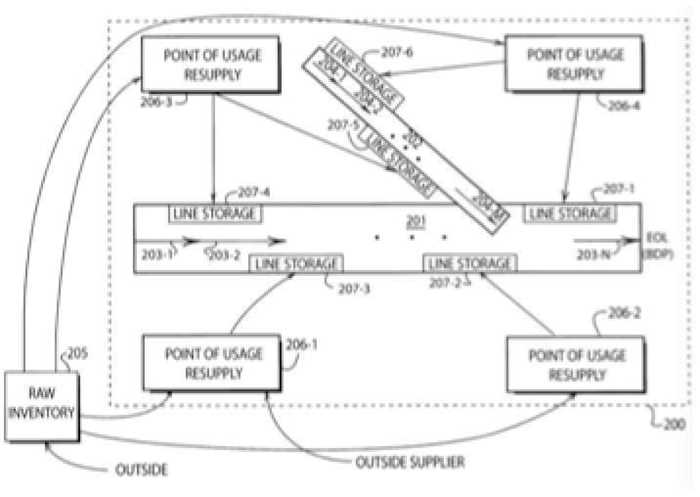
Shop Floor Inventory Management.
Inventory management and control iskey to product flow. Often times, little regard is given for the volume ofinventory that is sitting on hand, this is usually because planning is poor andthe excuse for having access inventorying are things like breakdowns,changeover times and safety stock. This is not seen as a problem, as the beliefis that of course the customer will place more orders and this inventory willbe used. The reality is that inventory significantly reduces cash flow and canresult in serious financial challenges for the company. We will examine severalmethods of Shop Floor Inventory Management that are cost-effective toimplement, they are however, often reliant on other Lean Tools andmethodologies being in place for example, Quick ChangeOver and TPM.
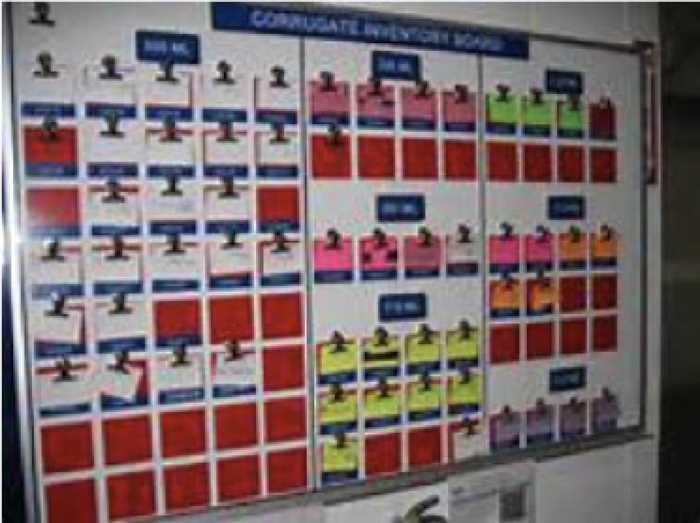
Continuous improvement.
To maintain a competitive advantagein a dynamic and increasingly competitive marketplace you need to stay one stepahead of the Competition. This of course can be done in many ways, for example,through research and development, through new product development and manyothers. We will focus on continuous improvement and the benefits that itbrings. The focus of Continuous improvement is to make small incrementalchanges on a daily basis that impact on and improve; Quality, Delivery andCost. We will identify some of the key tools in the lean management system thatare essential for a continuous improvement culture to be established and wewill have the opportunity to use and apply these tools in a simulationexercise, so the benefits are clear.

|北京|上海|广州|深圳|苏州|嘉兴|绍兴|厦门|

打造高质量的智能制造综合服务平台
助力中国制造业成功转型升级
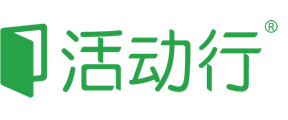













 工业4.0协会
工业4.0协会






